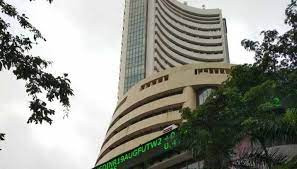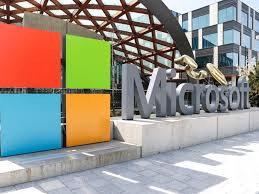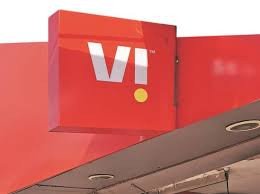“Sensex Slides Around 166 Points as RBI Holds Repo Rate Amid Global Trade Uncertainty”

IIE DIGITAL DESK : August 6, 2025, India’s leading equity benchmark, the BSE Sensex, lost 166.26 points (0.21%), settling at 80,543.99, while the Nifty50 dropped 75.35 points (0.31%) to close at 24,574.20. This came after the Reserve Bank of India’s Monetary Policy Committee (MPC), led by Governor Sanjay Malhotra, opted to keep the repo rate unchanged at 5.50%, maintaining a neutral policy stance.
The RBI also retained its real GDP growth forecast at 6.5% for FY26, lowering its inflation projection to 3.1% from 3.7%, citing easing food prices, a favorable monsoon, and strong grain reserves .Despite these positive signals, the neutral tone disappointed investors who anticipated a more dovish approach considering mounting global trade headwinds, including new tariff threats from former U.S. President Donald Trump affecting Indian exports .
Sector-wise, losses were widespread. The Nifty IT index fell a sharp 1.74%, Pharma dropped 2.0%, Realty declined 1.51%, while Auto and FMCG slipped around 0.53% and 0.90% respectively. In contrast, Nifty Bank and Nifty PSU Bank ended with modest gains (+0.09% and +0.59%) as financials bucked the broader downtrend .
Key Sensex gainers included Asian Paints (+1.94%), HDFC Life (+1.88%), and Mahindra & Mahindra (+0.87%), while major decliners were Sun Pharma, Tech Mahindra, HCLTech and Wipro . Among large caps, Infosys underperformed with a drop of 1.64% to ₹1,435.75, significantly below its 52‑week high; broader IT peers like TCS and Wipro also slipped between 1–2% . Meanwhile, ITC Ltd. shares fell 0.50% to ₹412, trailing the Sensex’s decline and highlighting muted trading activity with volumes well below average . Even Bajaj Finserv declined 0.81% to ₹1,923.80 amid subdued volume, though it performed slightly better than some of its finance sector peers .
Trading activity mirrored cautious sentiment across investor categories. Foreign Institutional Investors (FIIs) remained net sellers, offloading approximately ₹22.48 crore worth of equities, while Domestic Institutional Investors (DIIs) continued net buying, injecting around ₹3,840 crore into markets . Volatility spiked modestly with the India VIX index climbing to 11.89, signaling rising investor anxiety in the face of uncertain global and domestic economic conditions .
Global cues also weighed in: markets grappled with growing concerns over escalating trade tensions and U.S. tariff threats targeting Indian goods, reinforcing a defensive tone among traders. Crude oil prices remained elevated, nudging inflationary pressures upward in fuel-reliant sectors such as energy and transportation .
In technical analysis, indices held below key moving averages. Analysts observed bearish patterns like lower tops and bottoms across hourly charts, suggesting continued selling pressure. Key support levels were identified near 24,400 for the Nifty, with resistance capped below 24,850 unless significant buying momentum emerged .
Summing up, despite upbeat macro indicators from the RBI, investor sentiment turned bearish due to the central bank’s neutral stance, global tariff threats, and sector-specific weakness—especially in IT and realty—resulting in a broad-based market decline and heightened caution ahead of future fiscal signals.
You might also like!
















